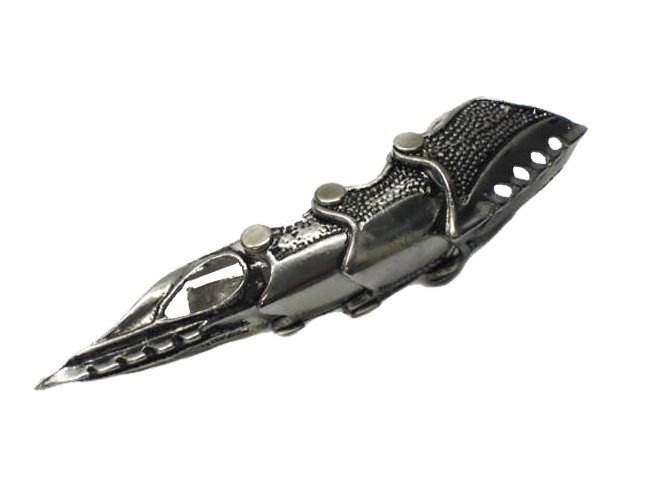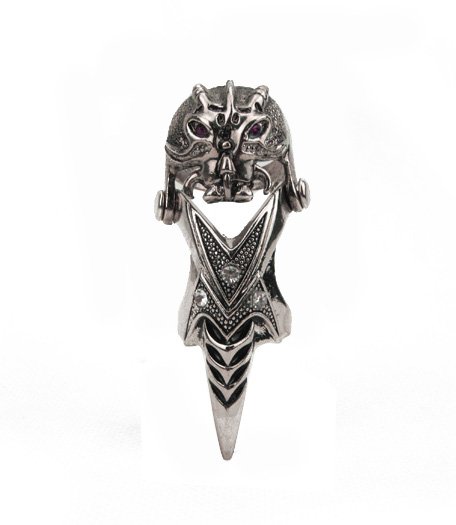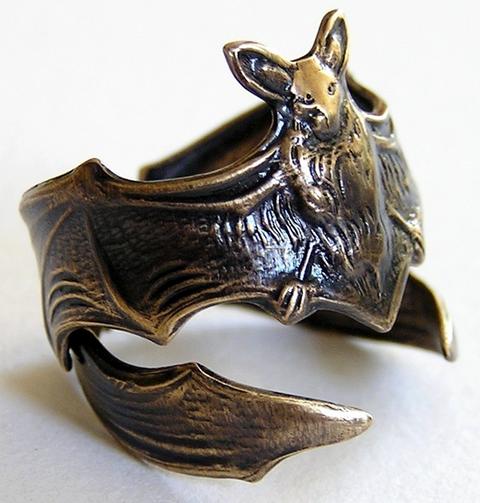By the end of the 12th century, samurai became almost entirely synonymous with bushi (武士), and the word was closely associated with the middle and upper echelons of the warrior class. The samurai followed a set of rules that came to be known as bushidō. While they numbered less than 10% of Japan's population samurai teachings can still be found today in both everyday life and in modern Japanese martial arts.
Following the Battle of Hakusukinoe against Tang China and Silla in 663 AD that led to a Japanese retreat from Korean affairs, Japan underwent widespread reform. One of the most important was that of the Taika Reform, issued by Prince Naka no Ōe (Emperor Tenji) in 646 AD. This edict allowed the Japanese aristocracy to adopt the Tang Dynasty political structure, bureaucracy, culture, religion, and philosophy. As part of the Taihō Code, of 702 AD, and the later Yōrō Code, the population was required to report regularly for census, which was used as a precursor for national conscription. With an understanding of how the population was distributed, Emperor Mommu introduced the law whereby 1 in 3–4 adult males was drafted into the national military. These soldiers were required to supply their own weapons, and in return were exempted from duties and taxes. This was one of the first attempts by the Imperial government to form an organized army modeled after the Chinese system. It was called gundan-sei (軍団制) by later historians and is believed to have been short-lived.[citation needed]
Following the Battle of Hakusukinoe against Tang China and Silla in 663 AD that led to a Japanese retreat from Korean affairs, Japan underwent widespread reform. One of the most important was that of the Taika Reform, issued by Prince Naka no Ōe (Emperor Tenji) in 646 AD. This edict allowed the Japanese aristocracy to adopt the Tang Dynasty political structure, bureaucracy, culture, religion, and philosophy. As part of the Taihō Code, of 702 AD, and the later Yōrō Code, the population was required to report regularly for census, which was used as a precursor for national conscription. With an understanding of how the population was distributed, Emperor Mommu introduced the law whereby 1 in 3–4 adult males was drafted into the national military. These soldiers were required to supply their own weapons, and in return were exempted from duties and taxes. This was one of the first attempts by the Imperial government to form an organized army modeled after the Chinese system. It was called gundan-sei (軍団制) by later historians and is believed to have been short-lived.[citation needed]













No comments:
Post a Comment